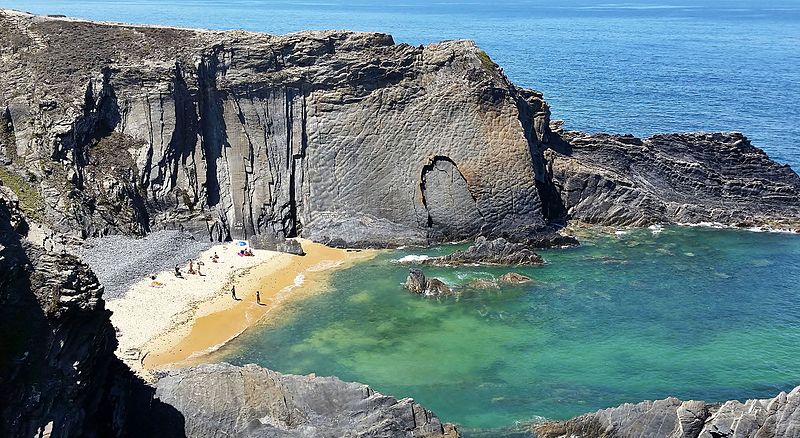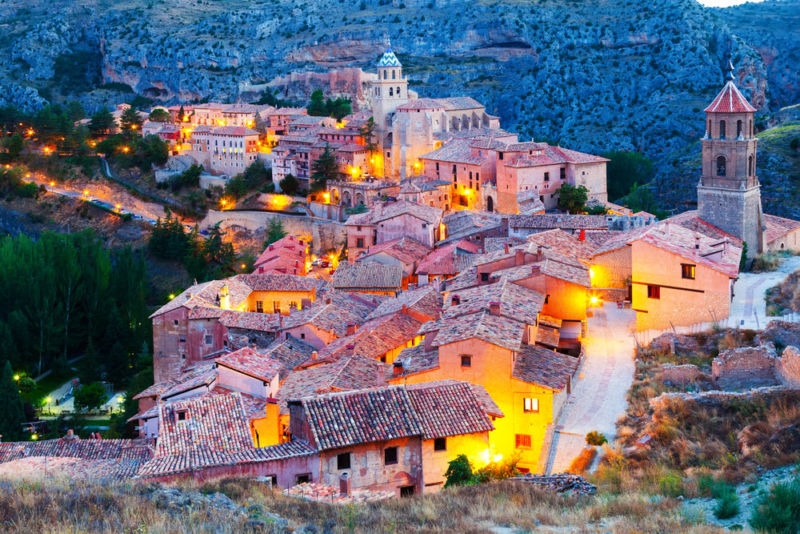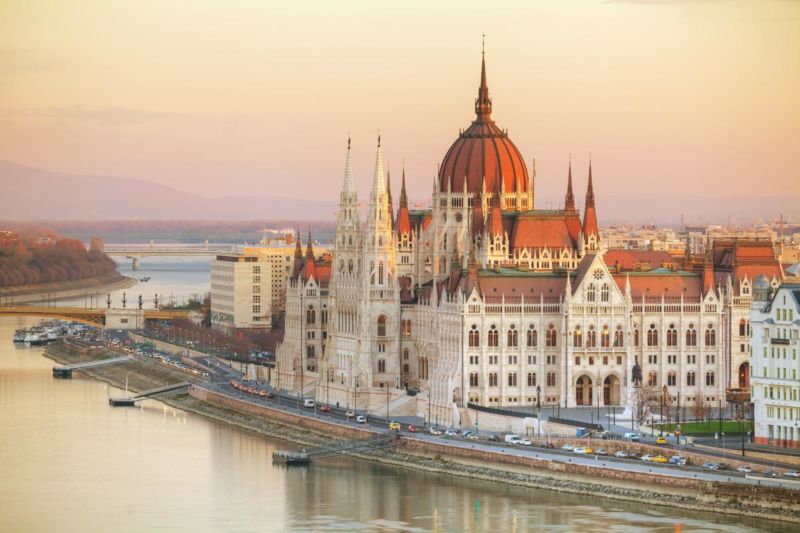Residencies
The main project concept (analogy between sounds and cultural heritage) will underlie the project´s core activities and approaches, manifesting itself especially within the SONOTOMIA capacity-building actions, the so-called SONOTOMIA residencies. Participants of the residencies will co-create cultural outputs (works of art) for mediating perceptions, emotions and representations of the experienced culture, stressing intangible and tangible cultural heritage, namely music, biodiversity and historical sites and buildings. Collected soundscapes will be used as the methodological instruments to serve for educational purposes and contribute to raising awareness about the fragility of unique places that surround us. Those places can be natural landscapes or landscapes widely inhabited by people, both being endangered by the societal and environmental changes. By soundscapes, all the natural sounds and man-made sounds that humans can hear and listen to in their surroundings (including industrial sounds, musical instruments, etc.) are considered.
In addition, sound is a common language even when perceived subjectively, and it will be further explored through the process of collective reflection and discussion. This project will contribute to coding new cultural language that can transmit the liberty of widespread expression, mutual learning and empowerment of individuals, collectives and communities.
An additional important ingredient of the project concept will be space: how spaces shape sounds and how sounds can be used to gain further their understanding of space and to develop more subtle, complex and intensive levels of awareness within space. With this, the concept of analogy between sound and cultural heritage will be expanded to spatial sounds and cultural heritage. This expansion will be realised through the use of new digital technologies. Residential activities will apply the 4DSOUND system (hardware and software). It is an advanced sound distribution system integrating a chain of sound processing and physical modelling that allows composers, performers, sound designers, etc. to create and perform with space. The use of this system will create novel ways to distribute the collected soundscapes in selected historical spaces (sites and buildings) to promote cultural heritage. Cultural heritage elements will be integrated both within the collected soundscapes and the selected historical spaces for soundscape distribution. Manipulating, modelling and distributing sounds in spaces for promoting cultural heritage is a new, unexplored field.
4DSOUND system is an innovative system where one does not hear sound coming from speakers; instead, sound appears in the space as a physical entity. The system enables a social listening space in which listeners can move freely to explore a physical environment of sound.
4DSOUND system is, therefore, an object-based sound system. In practice, users of the system are not dealing directly with the distribution of sound to multiple speakers, but instead are encouraged to think about space in terms of physical dimensions and distances, unlimited by the physical constraints of the room one is in and independent from the positions and number of speakers used.
4DSOUND´s real-time processing modules that define over 200 spatial parameters of sound allow to control the following aspects of sound:
- Positioning of sound sources in an unlimited spatial continuum
- Sculpting the physical dimensions of sound sources
- Composing spatial movement trajectories of sound sources
- Generating spatial movements of sound sources through physical modelling, wave shape modulations, algorithmically driven gestures or responsive behaviour
- Spatial sound perception, such as the perception of distance, elevation, angle, speed, phase shifts and diffusion of the sound source in space
- Sculpting spatial acoustics by designing virtual walls, their distance, depth and material characteristics
- Global transformation of the spatial field, such as transposing, rotating, ploding and folding
- Multiple sound sources at the same time
The project residential activities will allow acquiring digital skills for the manipulation and
projection of sounds in spaces and through this experimenting novel ways of promoting our cultural heritage using spatial sounds. The digital skill needs are also confirmed by the recent New European Agenda for Culture (2018) of the EC that establishes as a need to: “Promote the skills needed by cultural and creative sectors, including digital, entrepreneurial, traditional and specialised skills”.
Venues
The selected sites for the residencies constitute very different contexts with distinct characteristics in terms of sounds and cultural heritage to promote through the cultural programmes and works of art to be created in the project. Below is a short characterisation of each site.
Alentejo, Portugal

Alentejo, or “Além-Tejo”, the lands that were beyond the Tejo river, is the most extensive of the Portuguese regions.
There are very old towns and villages, whose origins date back to Roman times, but have been enhanced with notable contributions from the Roman Empire and the period of Islamic rule (8th-13th centuries).
Alentejo is a very rich region from the point of view of sound landscapes. Inside, the hustle and bustle of the localities, with its artisan industries, in contrasted with the apparent silence of the surrounding countryside, inhabited by innumerable sounds of nature, and enriched by the gurgling of rivers, the sounds of wind in the hills and olive groves and vineyards, and the sounds of the multitude of animals (birds, insects, sheep, goats, and cows). On the coast, there is the omnipresence of the Atlantic, the noise of fishing boats and the large intercontinental transporters, mixed with the joyful noise of the beaches in summer. There are also the sounds of industrialization: passing trains, planes that land and take off from Beja airport, sirens from the Port of Sines, sounds from large petrochemical factories and grain processing. To add to this, this is also a deeply human landscape; there was the sounds of the children in the courtyards of schools, the leisurely dialogue of the elderly who talk in the gardens, the echoes of the music festivals and popular dances, the deep waves of Cante Alentejo, a World Heritage Site.
Albarracin, Spain

Albarracín in Teruel, Spain is one of the most interesting cultural landscapes in Europe. It is located in the Iberian Sierras of the province of Teruel, to the south of the wide valley of the Ebro that runs through the centre of the Autonomous Community of Aragón.
The Sierra of Albarracín (mountain chain), in particular, constitutes the extreme southwest of the province of Teruel, and it is one of the most sparsely mountain areas in Europe. This Sierra has plenty of wild nature with a unique flora and fauna. It is a place where several river sources (Guadalaviar and Tajo among others), ancient paintings and stunning geological spots can be found, which converts this place into a memorable natural soundscape.
Due to its high conservation value, the historic city of Albarracín, with just 1100 inhabitants as of today, constitutes one of the tourist and cultural attractions of Spain.
Fundación Santa María de Albarracín (FSMdA) has been the protagonist of its latest patrimonial renovation and its orderly projection of heritage through culture. It is dedicated to the architectural and movable restoration, as well as to its cultural activation, organising an annual program of courses and seminars, exhibitions and concerts, with music, therefore, being a fundamental gear of its cultural dynamics. By managing 14 of the restored infrastructures, FSMdA continues conserving and giving appropriate use to the exceptional heritage of Albarracín, in which nature and architecture are merged, forming a harmonious cultural landscape.
Budapest, Hungary

Budapest in Hungary was selected as a site due to being a larger city and thus representing an ideal urban soundscape for the project. In fact, the city can be characterised by diverse sound sources more typical to urban environments including traffic sounds, a higher concentration of human sounds (the city has a considerably high density), construction work noises (city in development), and usually closely surrounded by buildings. Budapest also generates sounds of nature, by being divided by the Danube river and by having several green spots across the city.
In addition, Budapest is also highly rich in cultural heritage and includes a range of historic and cultural monuments, many of which are regarded as World Heritage sites. Last but not least, it is worth recalling Hungary´s strong musical profile and tradition. In fact, Hungary has made very significant and high-quality contributions to folk, classical and popular music. All the described features make Budapest an optimal place and basis for co-creating unique cultural programmes and works of art in the project.
